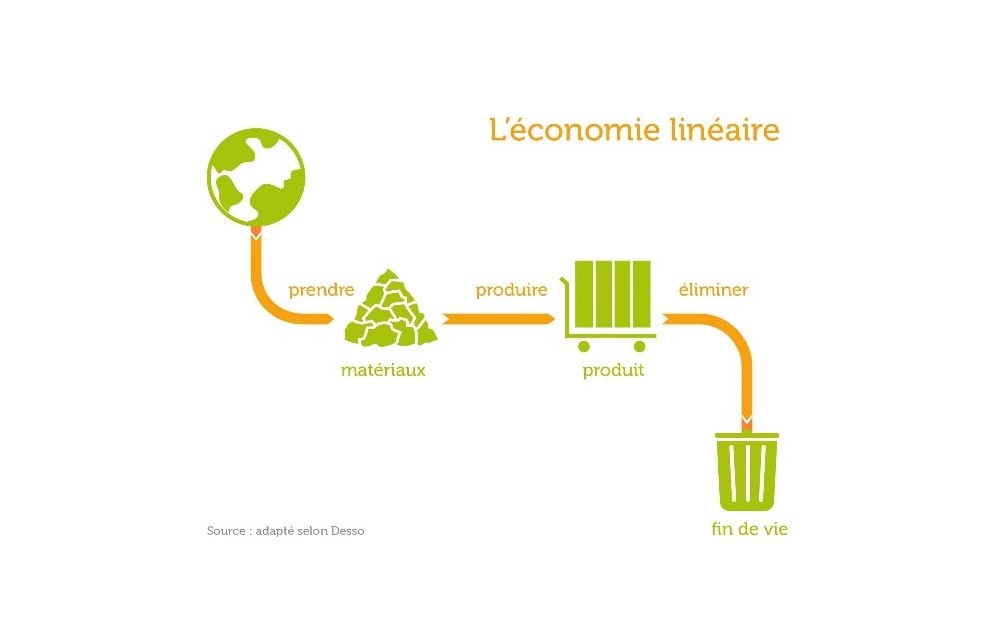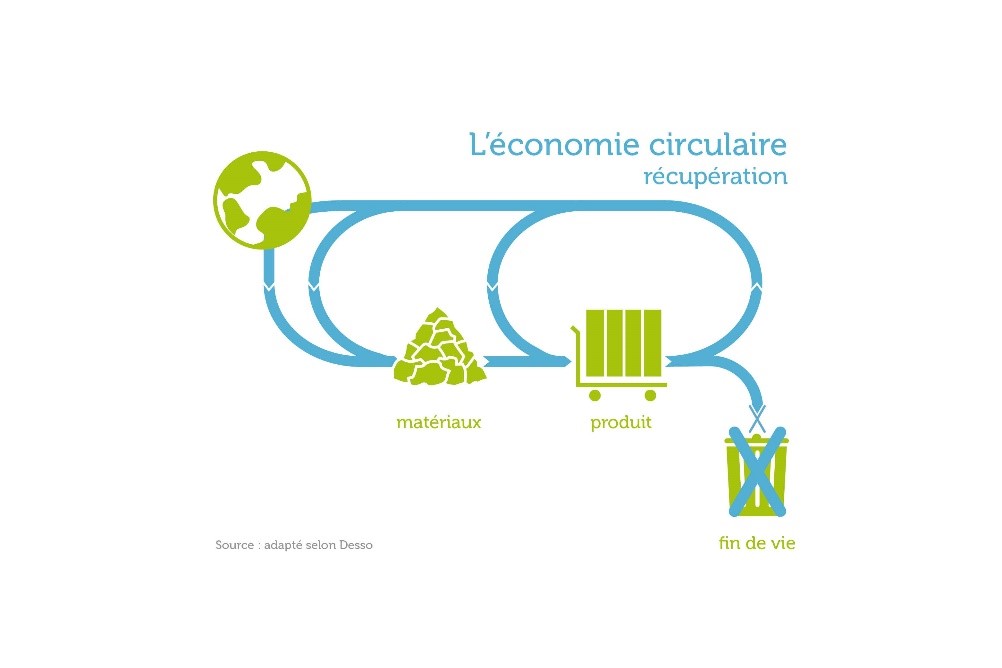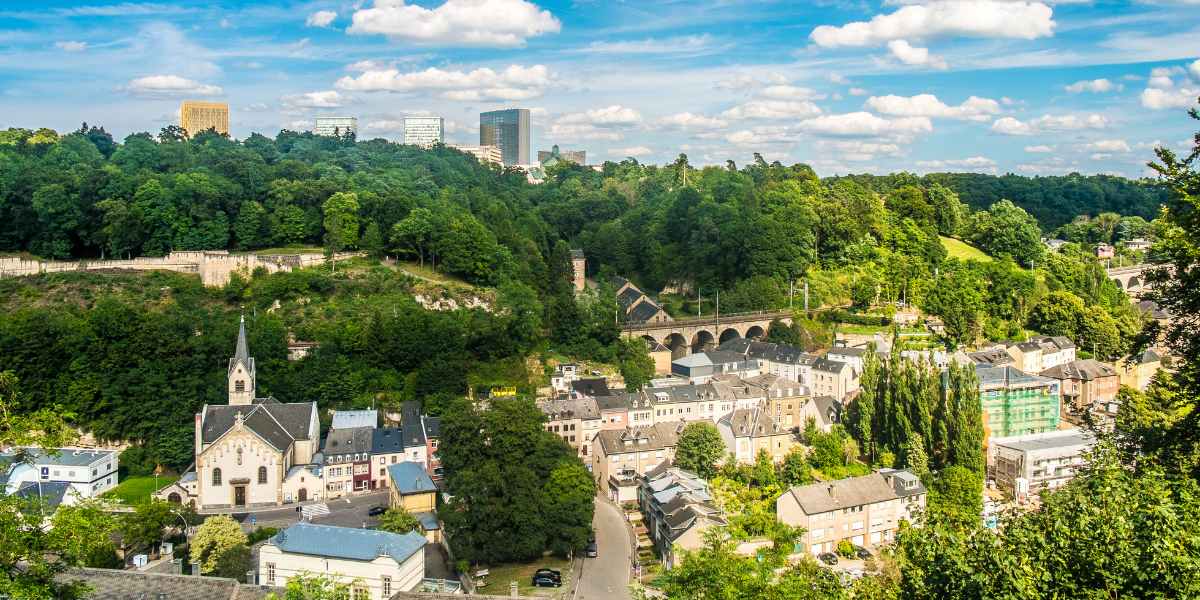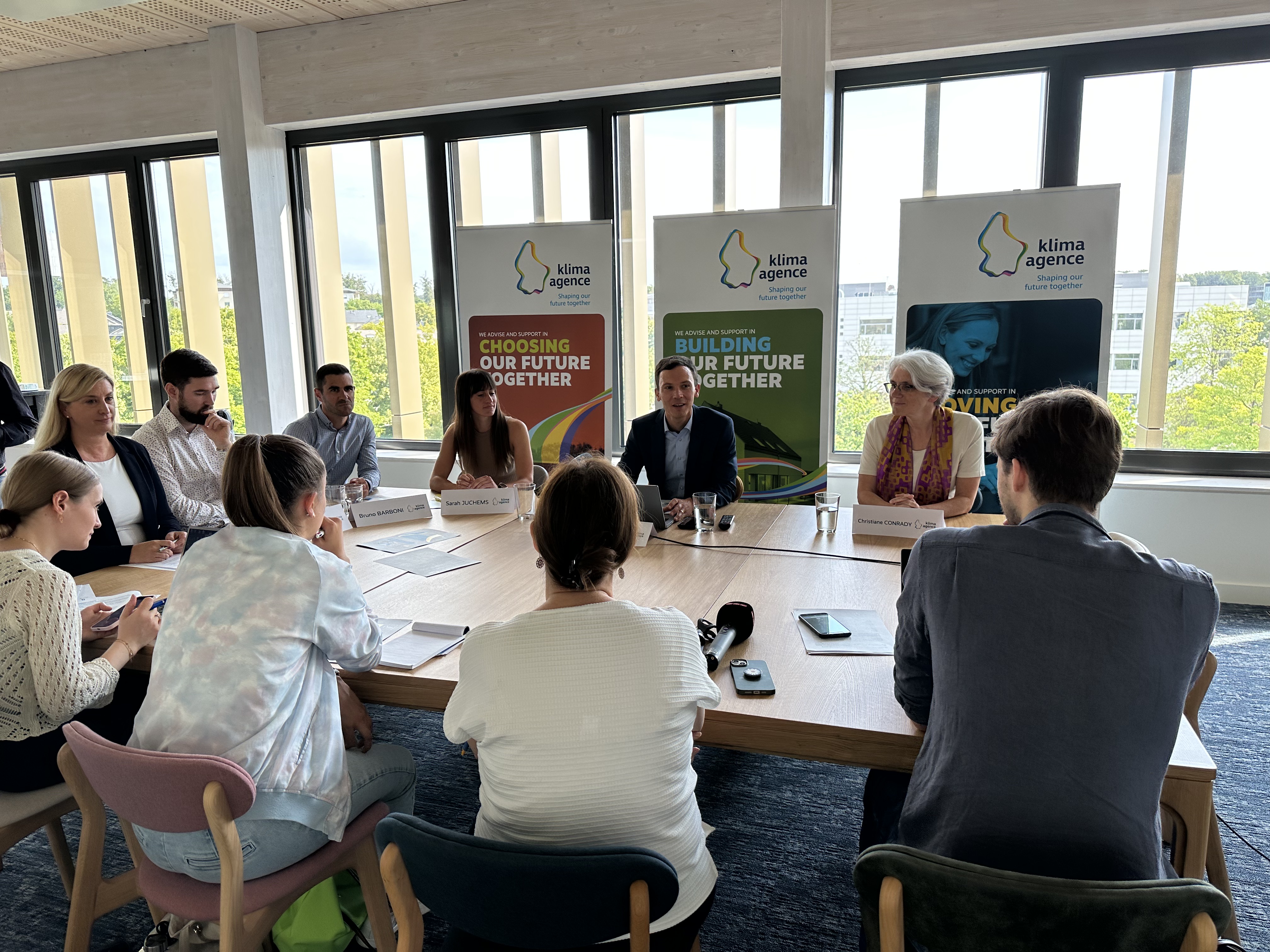A circular economy is about eliminating the very notion of waste, reusing everything for as long as possible at its utmost value, and about regenerating natural systems. This concept of circularity closely mimics nature, where there is also no such thing as waste, but where all matter serves as a resource that is recycled continuously back into the cycle to sustain life in a variety of ways.
The current prevailing model is that of linear economy, i.e. an economic model in which finite resources are used to manufacture products that are eventually discarded after they have served their purpose. Throughout this process, resources are rapidly being wasted. In certain cases, the life of some of these resources can be extended through recycling, but in most cases this results in "downcycling", a process in which the material waste or the useless product is transformed into a new material or product of inferior quality or value, until it eventually turns into waste.

The objective of a circular economy is to discontinue this type of economy and instead establish a cycle in which materials and products are recycled back into the system, as the linear "make-consume-discard" economy not only leads to wasting natural resources and polluting the environment, but also results in increased greenhouse gas emissions.

The circular economy model: from impact reduction to a value creation model.
The circular economy model makes it possible to respond to these challenges by focusing on new patterns of design, production, consumption and recovery. The aim is to create continuous positive development cycles each time the resource or product is used or reused. The preservation of its value is achieved by extending the lifespan of a product as well as by using it more efficiently, whereby the primary objective is to use rather than own a good, e.g. through sharing models. Following the initial cycle of its use, it can recover its value through its reuse, repair, repackaging, remanufacturing and recycling. The value is thus retained for longer and would ideally never reach zero, so that the components and resources can be fed back into the economic cycle.
The advantages of a circular economy
On the one hand, from an economic perspective, the circular economy offers numerous business opportunities such as the recovery of old products and materials or the harvesting of used resources; on the other hand, it increases the security of resource supply, as it utilises resources that are already in one's possession rather than being dependent on limited resources.
In terms of the environment, the benefits are obvious: reusing resources and products reduces the exploitation of limited resources, and the efficient and sustainable management of materials under this model leads to less waste and fewer greenhouse gas emissions.
In addition, the circular economy can also have a positive impact on social cohesion through sharing and repair models. The circular economy is thus a powerful tool for achieving international climate goals and implementing the 2030 Agenda.
Circular economy distinguishes between two different cycles: the biological cycle and the technical cycle.
The biological cycle largely concerns used materials and products (e.g. food) that are more or less directly reintroduced into the biosphere, returning the nutrients to nature through various processes, for instance through composting. However, it is important that these nutrients are not combined with toxic substances that could compromise the ecosystem. Some materials, such as cotton or wood, may eventually pass from the technical to the organic cycle when they can no longer be used to create new products.
The technical cycle largely concerns materials and products that have been produced through human activities and are used, but not consumed. Products and materials are kept in the cycle or returned to the environment without harming the biosphere through processes such as reuse, repair, remanufacture and recycling to produce new items.
It is important that resources from the biological and technological cycles are not mixed inseparably so that they can be recovered.
The milestones of the circular economy in Luxembourg
Learn more about circular economy : Let's Go Cirucular Luxembourg


